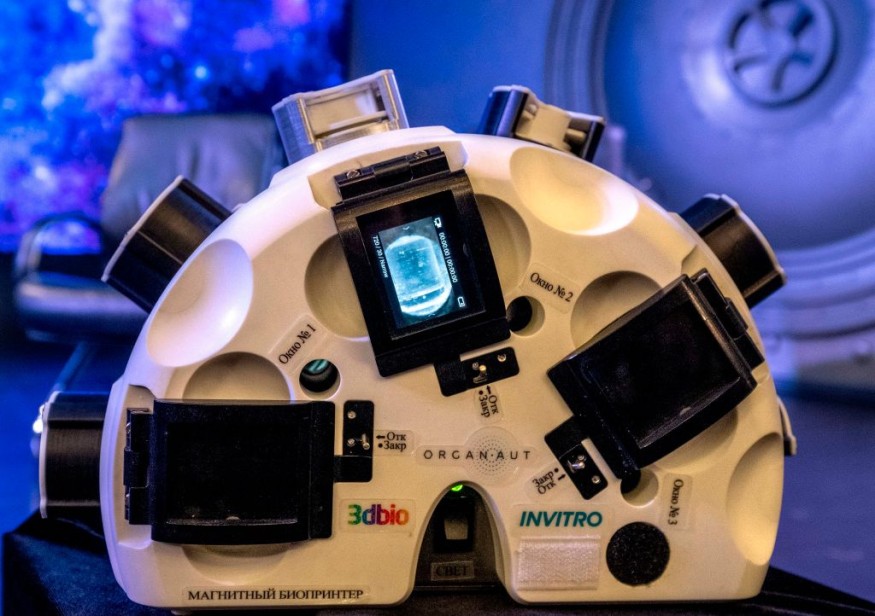Scientists have predicted that 3D printing could one day be used to print live, human organs to mitigate the shortage of donor organs, which takes a long time with a possibility of rejection. Professor Jennifer Lewis from Harvard University's Wyss Institute for Biologically Inspired Engineering said that the soonest organ bioprinting could happen will be in a decade.
So far, 3D printing in medicine and dentistry has already created dental implants, prosthetics, and models for surgeons to practice before they do the procedure on a real patient. But as technology advances, scientists also want to go beyond printing with plastics and metals into printing with cells that will form living human tissues.

3D Printing Human Organs
According to an article in The Scientist, there are two primary strategies that a 3D printer could use to create a pattern. First, it could extrude a paste through a fin tip and print the design starting from the bottom to the top, with each layer supporting the next. Secondly, it could start with a container filled with resin and use a pointed laser to create a solid object from top to down.
In the case of organ printing using cells and biomaterials, the two strategies may be applied, but it would require work, biological materials and input from biologists, engineers, developmental biologists, and material scientists.
So far, scientists have 3D-printed organoids and organs on chips that both yielded practical and theoretical insights into the human body. Ideally, 3D-printed organs use cells from a patient so that their immune system would recognize them and avoid immune rejection and the need to take immunosuppressive drugs.
These organs could be built from patient-specific stem cells, although there is a problem in getting the cells to differentiate into the subtype of mature cells needed for a specific organ. So, scientists print them into hydrogels or other environments that are designed to coax them into organizing themselves into lifelike organs.
At present, researchers have only created patches of tissues that look like a piece of certain organs and not a complete replica. But it could still work on some patients who only needed a patch. For instance, the Organovo company announced in 2016 its plans to develop liver tissues for human transplants that use patches of 3D-printed liver cells that could improve liver function.
How Much is A 3D-Printed Organ?
The bioprinting process could take a long or short time, depending on different factors. But the ultimate challenge is getting the organs to function as they should. Professor Lewis told CNN Health that achieving that is the "holy grail."
Once it is inside the patient's body, the bioprinted organ will naturally degrade over time and the cells inside the body will start forming a bridge of their own to create a glue that will hold the 3D-printed organ in place.
Dr. Anthony Atala, the director of the Wake Forest Institute for Regenerative Medicine, also emphasized that 3D-printed organs will be accessible at costs that could be lesser than organ transplants. He said that the cost associated with organ failures are very high, so it is a lot cheaper to create an organ that can be transplanted instead.
For example, research from the American Society of Nephrology showed that the average kidney transplant would cost $442,500 in 2020. On the other hand, 3D printers retail from a few thousand dollars up to $100,000 depending on their complexity.
However, Dr. Atala also noted that the cost of bioprinting could be high because it includes cell bank maintenance, culturing cells, and safe handling of biological materials. Therefore, some of the costs in current organ transplantation could still be in play even if the organ is bioprinted.
RELATED ARTICLE: Scientists Use 3D Printers to Make Miniature Organs for Testing Potential COVID-19 Drugs
Check out more news and information on Bioprinting in Science Times.












